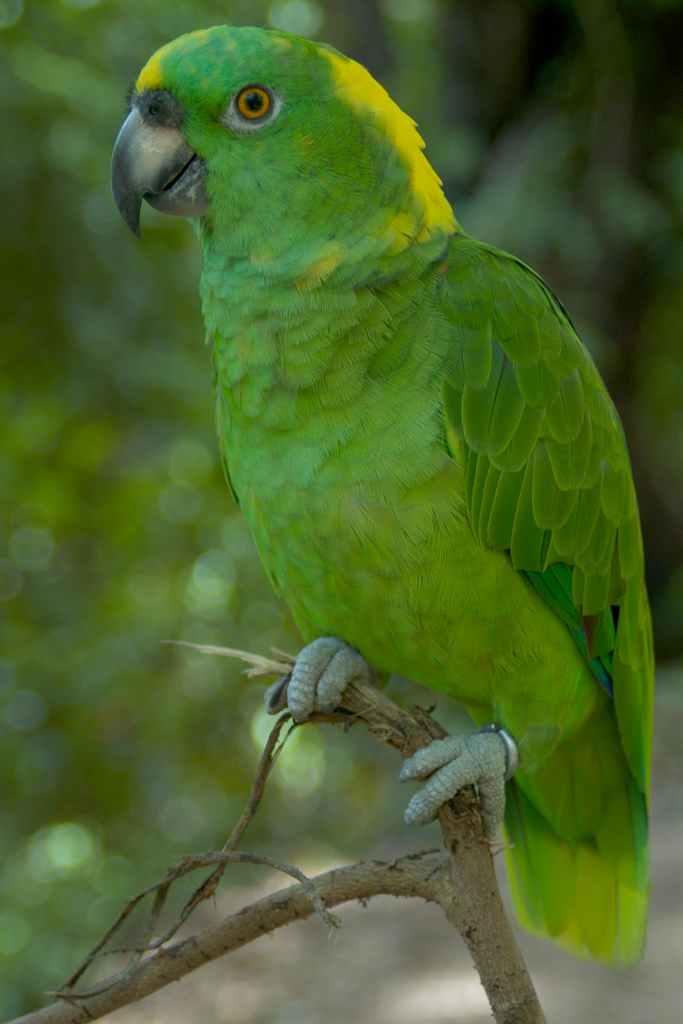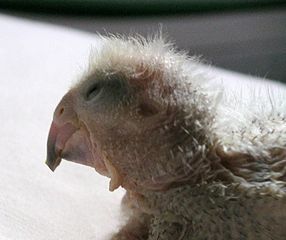 Parrot conservation took an important step forward this month (October, 2010) as Mexico’s president signed into law a bill prohibiting the capture and export of wild parrots of any species.
Parrot conservation took an important step forward this month (October, 2010) as Mexico’s president signed into law a bill prohibiting the capture and export of wild parrots of any species.
The Parrot Trade in Mexico
The president’s action was sparked in a large part by the results of a long-term study (please see below) of Mexico’s parrots and the effect of the trade on their continued existence. The study, undertaken by groups based in Mexico and the USA (Teyeliz, A.C. and Defenders of Wildlife) provided dramatic evidence that the collection of wild parrots directly contributes to the decline of many species, and will likely lead some to extinction. Some of the facts to emerge were shocking – for example, of the 78,000 parrots believed taken from the wild in Mexico annually, 50-60,000 perish before reaching a buyer!
The prior law had allowed for the taking of 4,000 birds each year, but, was widely ignored. The report’s authors believed a major legal overhaul, increased enforcement and a change in consumer attitudes to be essential in the battle to preserve Mexico’s parrots. The information generated by the study was so persuasive that the Mexican Senate voted to accept its recommendations with but a single person objecting.
Conservation Status of Mexico’s Parrots
 Twenty-two species of parrot make their home in Mexico; the IUCN considers 7 of these to be endangered or threatened, but that number may increase as detailed field studies are conducted. Six parrot species are indigenous to Mexico, being found nowhere else in the world. Mexico’s Thick-Billed Parrot, whose numbers have been reduced to less than 2,000, is the only parrot that naturally occurs on the US mainland (“occurred” is actually more accurate, please see article below).
Twenty-two species of parrot make their home in Mexico; the IUCN considers 7 of these to be endangered or threatened, but that number may increase as detailed field studies are conducted. Six parrot species are indigenous to Mexico, being found nowhere else in the world. Mexico’s Thick-Billed Parrot, whose numbers have been reduced to less than 2,000, is the only parrot that naturally occurs on the US mainland (“occurred” is actually more accurate, please see article below).
Worldwide, 64 parrot species are listed by the IUCN as endangered, critically endangered, vulnerable or extinct in the wild.
Further Reading
The Illegal Parrot Trade in Mexico: full text of the report that spurred the new law.
Video – rare footage of wild Thick-Billed Parrots.
Thick-Billed Parrots in the USA.
Yellow-crowned Parrot image referenced from wikipedia and originally posted by Andrew Gwozdziewycz and Snowmanradio
Military Macaw image referenced from wikipedia and originally posted by Raul654
 That Bird Blog – Bird Care and History for Pet Birds
That Bird Blog – Bird Care and History for Pet Birds



